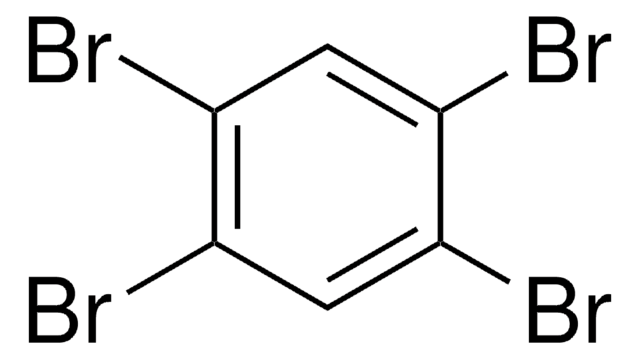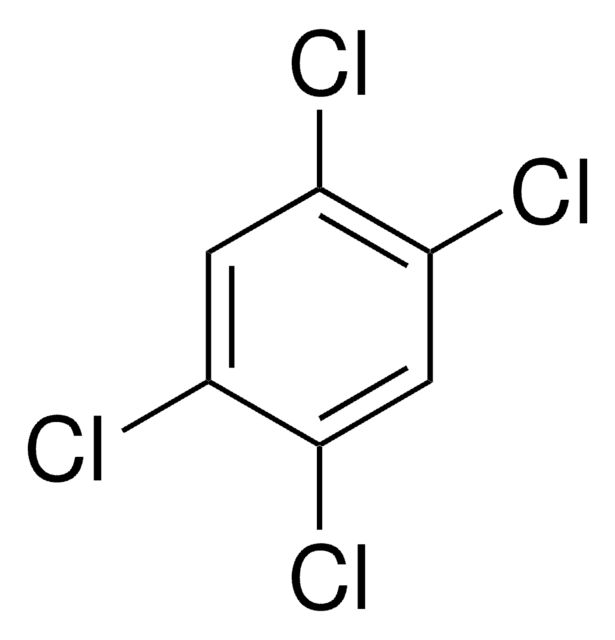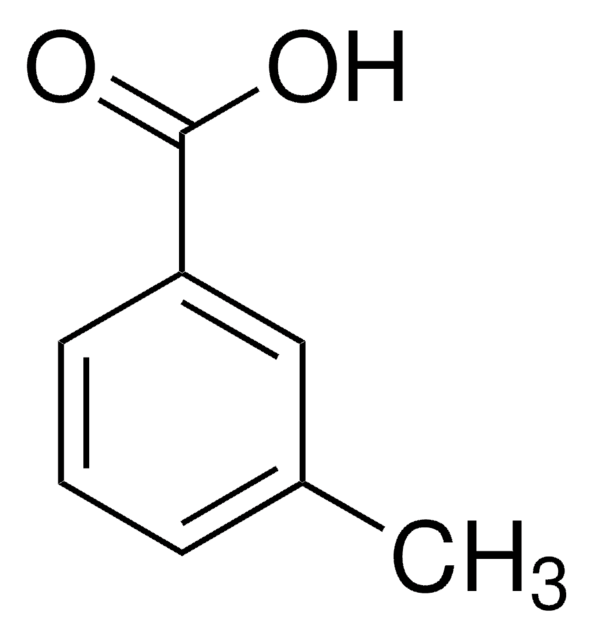Key Documents
286583
5-Methoxytryptamine
97%
Synonim(y):
2-(5-Methoxyindol-3-yl)ethylamine, 3-(2-Aminoethyl)-5-methoxyindole, 5-MOT, 5-Methoxyindole-3-ethanamine, Deacetylmelatonin, NSC 56422
About This Item
Polecane produkty
Poziom jakości
Próba
97%
Postać
solid
mp
121-123 °C (lit.)
ciąg SMILES
COc1ccc2[nH]cc(CCN)c2c1
InChI
1S/C11H14N2O/c1-14-9-2-3-11-10(6-9)8(4-5-12)7-13-11/h2-3,6-7,13H,4-5,12H2,1H3
Klucz InChI
JTEJPPKMYBDEMY-UHFFFAOYSA-N
informacje o genach
human ... HTR1A(3350) , HTR2A(3356) , HTR2C(3358)
rat ... Htr2a(29595) , Htr2c(25187) , Htr7(65032)
Szukasz podobnych produktów? Odwiedź Przewodnik dotyczący porównywania produktów
Powiązane kategorie
Opis ogólny
Zastosowanie
- Carboline disaccharide domain of shishijimicin A
- Melatonin analogs for the reduction of intraocular pressure
- 5-HT4 receptor ligands
- inhibitors of sortase A and isocitrate lyase
- Therapeutic agents for treatment of ischemia/reperfusion (I/R) injury
- Aurora and epidermal growth factor receptor kinase inhibitors
- Agents for the treatment of human papillomavirus infection
- Manzamine analogues for the control of neuroinflammation and cerebral infections
- Inhibitors of pro-inflammatory cytokines
- Tacrine-melatonin hybrids as multifunctional agents for alzheimer′s disease
Opakowanie
Hasło ostrzegawcze
Warning
Zwroty wskazujące rodzaj zagrożenia
Zwroty wskazujące środki ostrożności
Klasyfikacja zagrożeń
Acute Tox. 4 Oral
Kod klasy składowania
11 - Combustible Solids
Klasa zagrożenia wodnego (WGK)
WGK 3
Temperatura zapłonu (°F)
Not applicable
Temperatura zapłonu (°C)
Not applicable
Środki ochrony indywidualnej
dust mask type N95 (US), Eyeshields, Gloves
Wybierz jedną z najnowszych wersji:
Masz już ten produkt?
Dokumenty związane z niedawno zakupionymi produktami zostały zamieszczone w Bibliotece dokumentów.
Nasz zespół naukowców ma doświadczenie we wszystkich obszarach badań, w tym w naukach przyrodniczych, materiałoznawstwie, syntezie chemicznej, chromatografii, analityce i wielu innych dziedzinach.
Skontaktuj się z zespołem ds. pomocy technicznej









